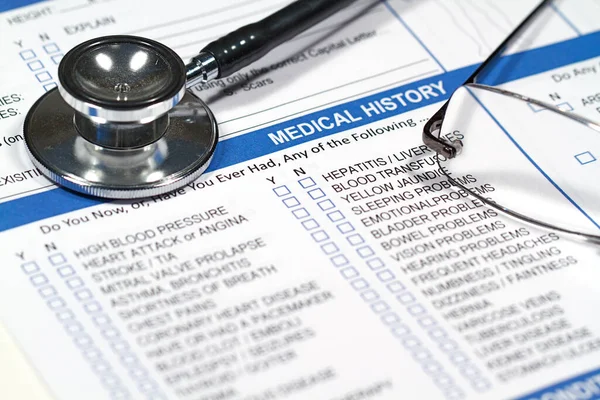
Obtaining Patient History: SAMPLE Acronym
The Importance of SAMPLE History in Emergency Medicine
Table of Contents
- Introduction
- What Does SAMPLE Stand For?
- Why SAMPLE Matters in EMS
- SAMPLE Use for Lay Rescuers
- Detailed Breakdown of Each SAMPLE Component
- Conclusion
Introduction
The SAMPLE history acronym is one of the most important tools emergency medical service (EMS) providers use to assess and treat patients. The acronym SAMPLE stands for Signs and Symptoms, Allergies, Medications, Past medical history, Last oral intake, and Events leading up to the current situation. By obtaining a SAMPLE history, EMS providers can gain valuable information about the patient’s current condition and any preexisting medical issues. This helps the provider form a differential diagnosis, determine if there are any allergies that need to be avoided, and identify potential drug interactions. The history also reveals what medications the patient currently takes, which may affect treatment options. Knowing the patient’s past medical history can alert providers to chronic conditions like diabetes, hypertension, or heart disease. Understanding the patient’s last oral intake indicates potential causes for the current condition, like not eating for several hours causing low blood sugar. Finally, learning about recent events leading up to the emergency call helps the provider determine possible causes of injury or illness. A thorough SAMPLE history is critical for EMS providers to safely and effectively treat and transport patients.
SAMPLE Use for Lay Rescuers
If memorized or written down and kept inside of your first aid kit, the lay rescuer can effectively collect vital information on an individual experiencing a medical emergency. This information can then be relayed to responding paramedics or hospital personnel to ensure that the patient has the best possible outcome after being transferred to definitive care.
Detailed Breakdown of Each SAMPLE Component
S – Symptoms
List the patient’s current symptoms, including chief complaints, duration, severity, timing and any other specifics. Elaborate on the character of each symptom such as whether they are intermittent or constant, dull or sharp, radiating or localized, aggravating and relieving factors. Inquire about associated symptoms that often accompany the primary complaints.
A – Allergies
Inquire about any allergies the patient has to medications, food or environment. Ask for specific reactions when possible such as rashes, hives, difficulty breathing, or anaphylaxis. Determine if the reactions are IgE-mediated or non-IgE. Note the date of most recent reactions.
M – Medications
Create a list of all prescription medications, over-the-counter drugs, vitamins and supplements the patient is currently taking along with doses and frequencies. Note the indication for each medication, duration of therapy and patient’s adherence. Ask about any previous medications the patient is no longer taking and the reasons why.
P – Past medical history
Review the patient’s history of illnesses, surgeries, hospitalizations and any chronic conditions. This provides context for current symptoms. Elaborate on diagnosis dates, treatments, outcomes and any lingering effects from previous conditions. Note any pertinent family medical history.
L – Last oral intake
Note when the patient last ate or drank anything. This is important for procedures, nausea and potential drug interactions. Determine the type of intake – solid food, liquids, nutritional supplements.
E – Events leading up to illness
Ask the patient to describe the timeline of events before their current symptoms started. This can provide clues to potential causes. Inquire about any recent illness, injury, stressors, medication changes, travel or other exposures that coincide with the onset of symptoms.
Conclusion
Obtaining and documenting a thorough SAMPLE history is imperative for optimal patient care and management by EMS providers. The acronym SAMPLE serves as an aide memoire for the emergency medical technician or paramedic to procure all pertinent historical details that will impact differential diagnosis, treatment modalities, and patient disposition. Failure to acquire a comprehensive SAMPLE history risks medical errors, adverse drug reactions, and suboptimal patient outcomes. Therefore, EMS training programs must emphasize the significance of obtaining a SAMPLE history from patients and emphasize proper documentation techniques. With diligent implementation of the SAMPLE history acronym and meticulous documentation at each patient encounter, EMS providers can optimize the quality of prehospital care and minimize risks to patient safety. A complete SAMPLE history is the cornerstone upon which all other prehospital assessments and interventions are built.
Stay Response Ready.
